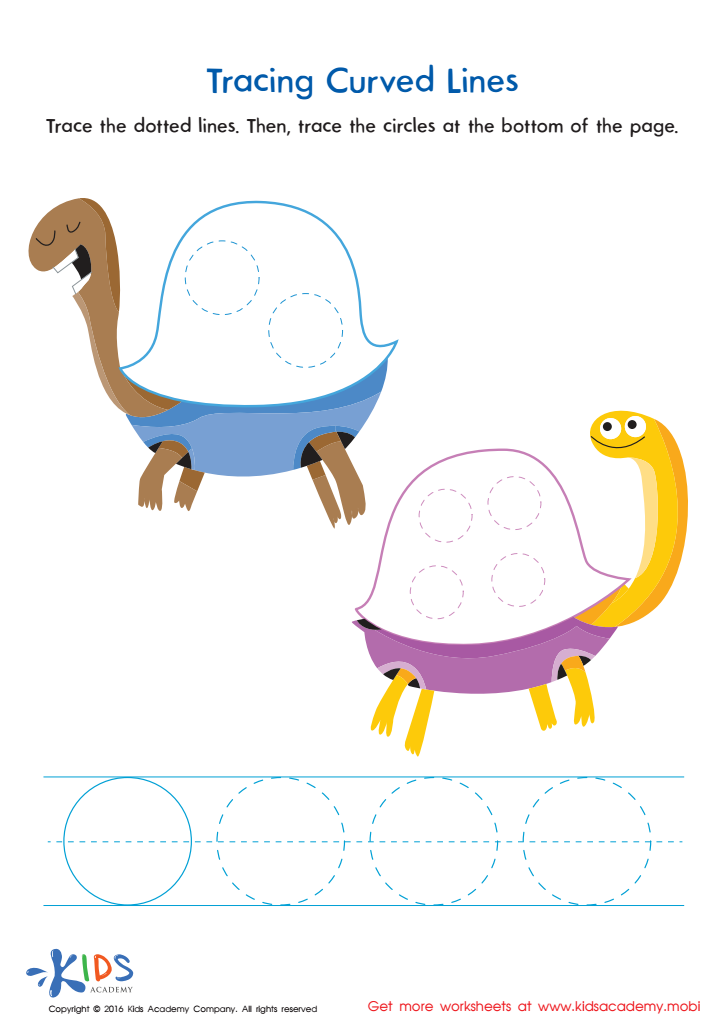Normal Tracing Lines and Curves worksheets activities for Ages 3-9
5 filtered results
-
From - To
Discover a fun and engaging way for children aged 3-9 to improve their fine motor skills with our Normal Tracing Lines and Curves worksheets! Designed to promote hand-eye coordination and concentration, these activities allow young learners to trace various lines and curves. Each worksheet is carefully crafted to build confidence and control with writing tools. As kids trace, they will enjoy colorful designs that make learning enjoyable. Perfect for classroom use or at-home practice, these worksheets encourage creativity while developing important early learning skills. Explore our collection now and watch your child's skills flourish!
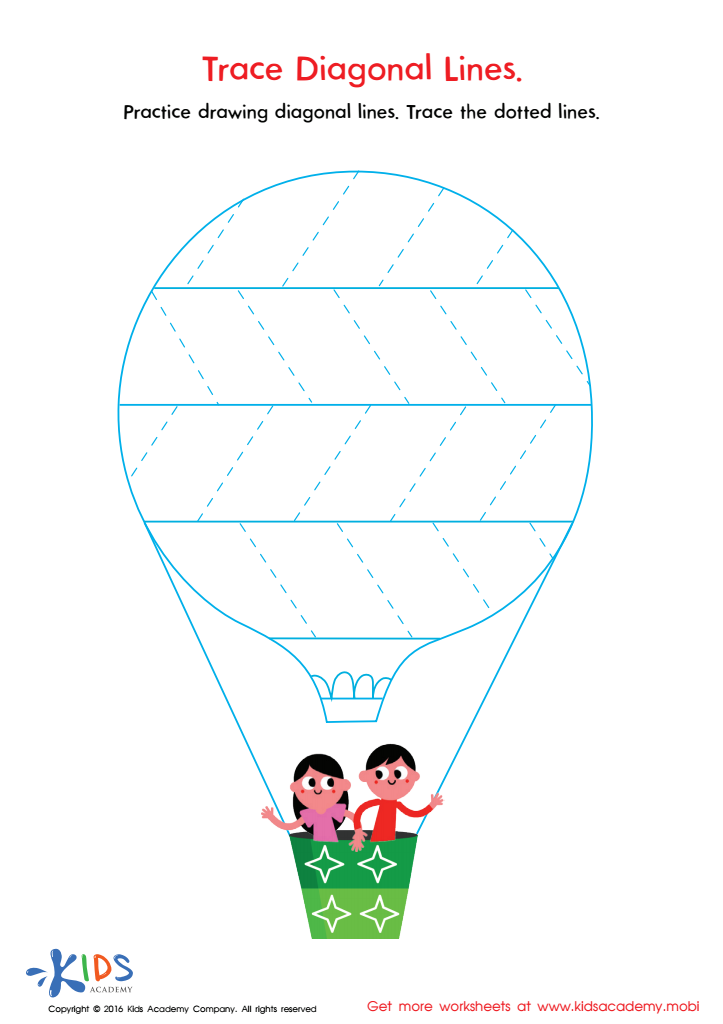

Trace Diagonal Lines Worksheet
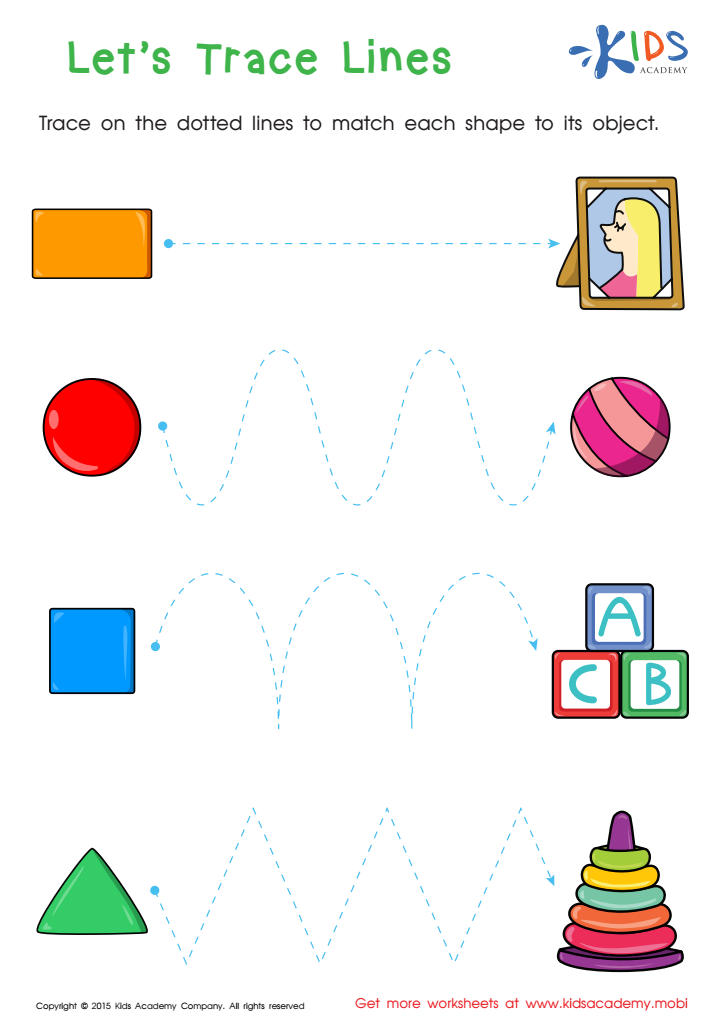

First Words: Let's Trace Lines Worksheet
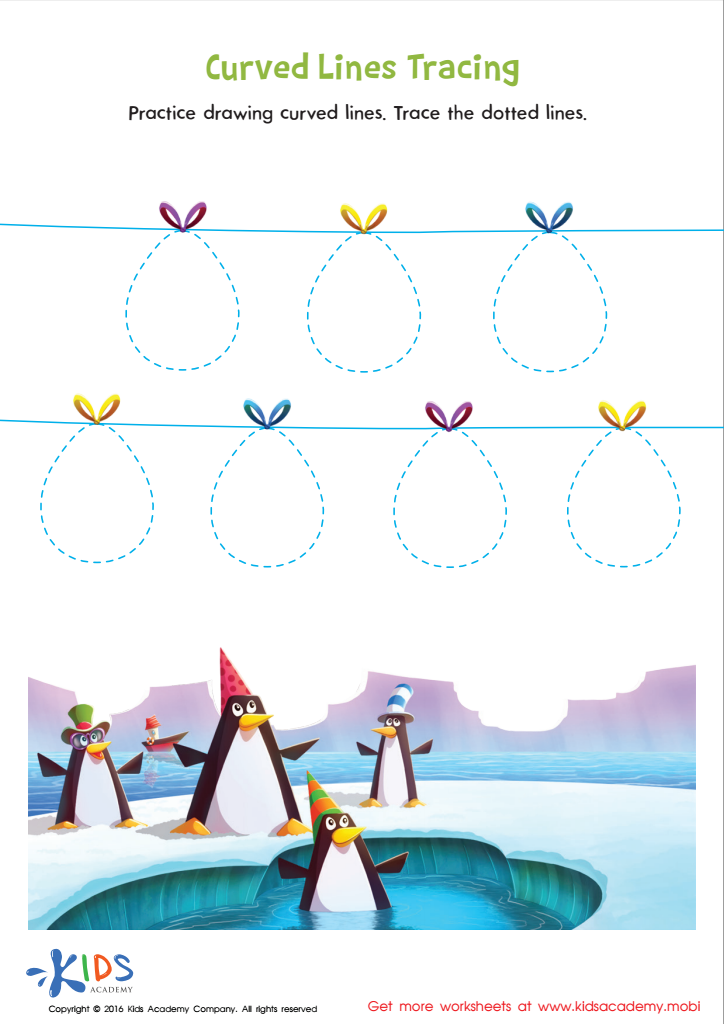

Curved Lines Tracing Worksheet
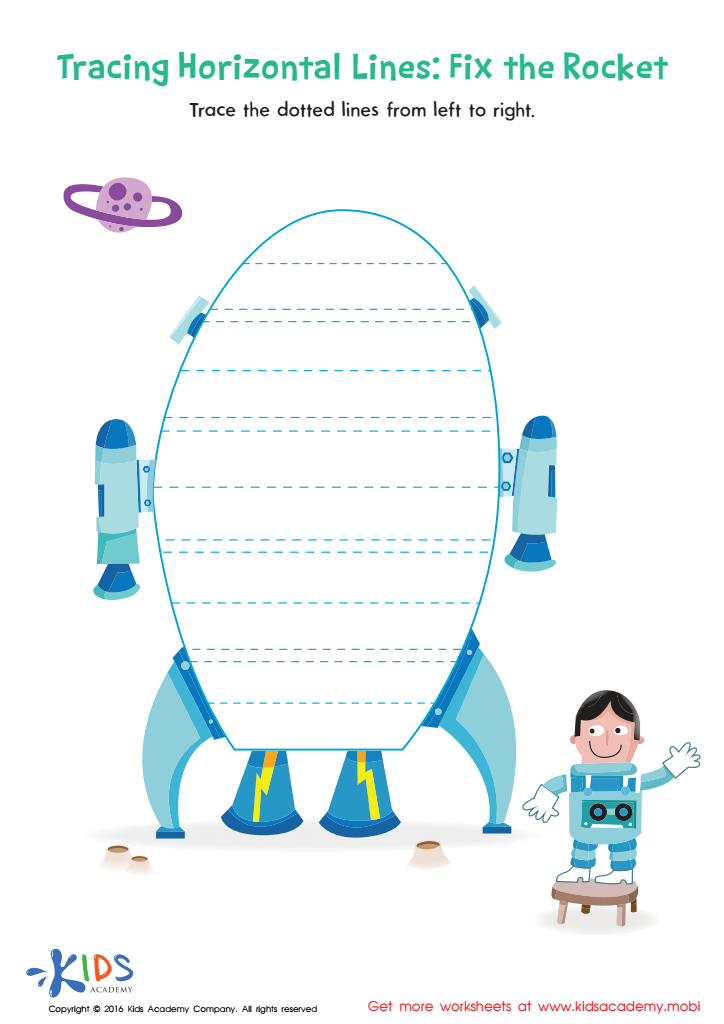

Tracing Horizontal Lines Worksheet
Normal Tracing Lines and Curves activities for children aged 3-9 play a crucial role in early childhood development by laying the foundation for essential skills. Firstly, these activities greatly enhance fine motor skills, which are vital for everyday tasks such as writing, buttoning clothes, and using utensils. As children engage in tracing, they develop hand-eye coordination and dexterity, which are essential for their overall physical development.
Moreover, these tracing activities encourage cognitive growth as children learn to follow directions, recognize shapes, and improve their focus and concentration. By practicing tracing lines and curves, they gain spatial awareness and begin to understand the concepts related to geometry.
Additionally, tracing provides a fun and creative way for children to express themselves artistically. Encouraging creativity at a young age fosters a love for learning and self-expression that can carry into their later academic pursuits.
Finally, these activities are a powerful tool for preparing children for writing. The control built through tracing helps ease their transition into handwriting, making them more confident as they enter primary education. Parents and teachers should prioritize these activities to support a well-rounded development in cognitive, motor, and artistic skills.
 Assign to My Students
Assign to My Students
